This weekend sees the release of Shelby Oaks, a film written and directed by Chris Stuckman in his feature directorial debut. The movie plays like a variety of different sub-genres of horror, but much of its aesthetic utilizes a found footage narrative to craft its story. It’s a sub-genre of horror that has proven to be successful over the years, and it has given horror fans a few standout films along the way. As we wait and see if Shelby Oaks will be another winner for the genre, it’s time to look back at the five best found footage films ever that have become spooky season staples.
Honorable Mention: Paranormal Activity (2007)
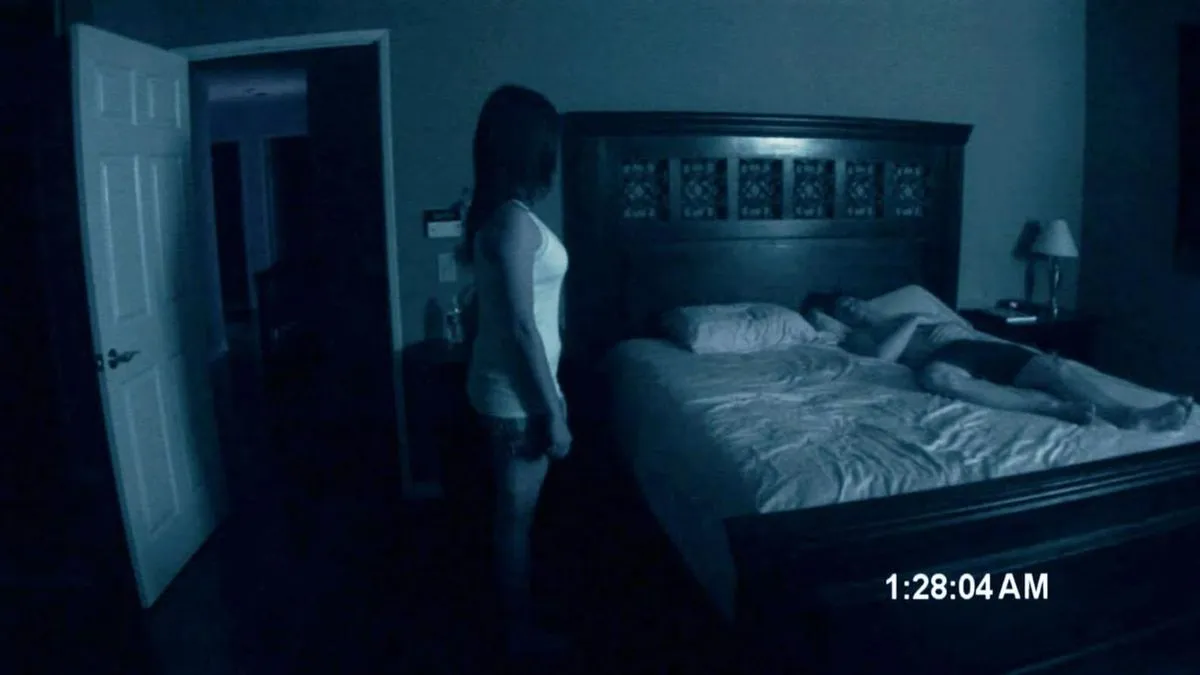
Paranormal Activity proved to be the biggest success story of the found footage sub-genre following the release of 1999’s The Blair Witch Project because it managed to spawn a lucrative franchise that utilized the format well, even if some of the follow-ups didn’t live up to the 2007 film. Written and directed by Oren Peli, Paranormal Activity follows Katie Featherston and Micah Sloat, a young couple who are experiencing a haunting in their home that they capture on camera to document exactly what supernatural force has entered their home. Shot in just one week on a budget of $15,000, Paranormal Activity puts a fresh spin on haunted house horror while also using the found footage angle to make all of the events feel incredibly real.
Some have complained that not a lot happens in the film until late in its runtime, but the movie is at its best during quiet moments as the camera captures the activity happening to the couple, which gives the film an eerie atmosphere that is incredibly unsettling. This is a film that I caught in theaters when it was released, and while I enjoyed it then, the movie truly didn’t hit until a viewing I had alone in my bedroom with the lights off. The film draws you into the situation being experienced by Katie and Michal until an effective climax and final shot that drives it all home.
Paranormal Activity was another success story of marketing, with the film slowly being rolled out and airing TV spots that suggested audiences needed to demand the film be shown in their respective locations. It all worked out in a big way as the film grossed a massive $194 million globally and went on to spawn a popular franchise.
5. The Last Broadcast (1998)
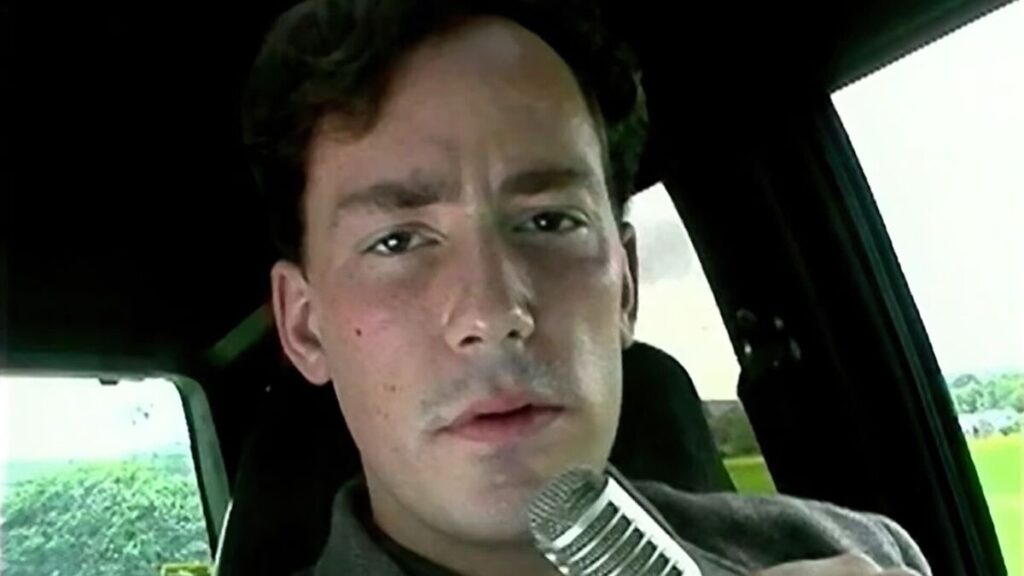
Not to take any of the shine away from The Blair Witch Project, but 1998’s The Last Broadcast arrived a year before that film became a phenomenon and deserves more credit than it gets for its contribution to found footage horror. Written and directed by Stefan Avalos and Lance Weiler, who also serve as the film’s stars, The Last Broadcast centers on public-access television hosts who met a grisly fate during their mission to discover the Jersey Devil in the New Jersey Pine Barrens. The Last Broadcast certainly made a significant contribution to the format, even if it isn’t entirely credited for its innovation.
The movie was the first feature-length film shot completely on consumer-level digital equipment and likely inspired many aspiring filmmakers to set out on their own feature-length endeavors, despite not having a large amount of funds to get their projects made. Budgeted at just $900, The Last Broadcast is an effective mix of investigative documentary and slow-burning thriller as viewers discover what really happened to the hosts as they tried to discover more about the mythical Jersey Devil. The film’s aesthetic adds to its atmospheric suspense, and it certainly pays off with its ‘Fact or Fiction’ approach. Among most found footage titles, this movie has long lived in the very successful shadow of The Blair Witch Project, but it’s strong in its own right and deserves more eyes on it.
4. Cloverfield (2008)
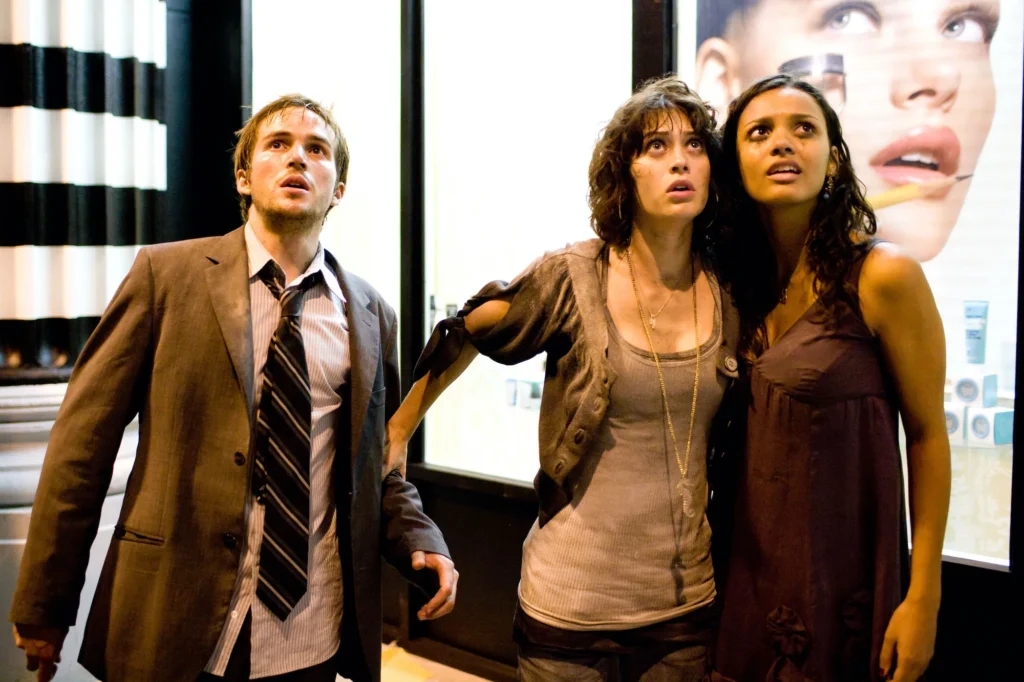
Cloverfield may boast a larger budget than most found footage horror movies (estimated between $25-20) million but it still manages to use the format in a way that makes the audience forget it has more of a studio influence and never loses a bit of its realism. Directed by Matt Reeves from a screenplay by Drew Goddard, Cloverfield details the events found on a personal camcorder found by the U.S. Department of Defense on April 27, 2008. The camcorder features footage of a going-away party thrown for Rob Hawkins (Michael Stahl-David) by his friends that is interrupted with a literal bang after a monster begins to attack New York City. Following in The Blair Witch Project’s footsteps, Cloverfield was first introduced to audiences with a brilliant marketing campaign that initially didn’t give much away about the film’s plot.
The movie’s first trailer, attached to the first Transformers movie, had movie fans going crazy trying to discover exactly what they just saw, and it’s a marketing campaign that went a long way to turning the movie into a critical and financial success, ultimately grossing $172.4 million at the global box office. Cloverfield does a good job of creating the realism of the situation by casting relatively unknown actors (at the time) and generating fear from multiple aspects of its production. The mass destruction that hits New York City is frightening in its own right, especially in a post-9/11 world, but the mystery surrounding the creature itself is also effective.
The film avoids showing the monster in full until necessary, while the movie generates tension through other found footage techniques, including a night vision scene in a subway station that still resonates. Cloverfield did its part to not only make the monster film unique, but also show that a found footage film’s budget won’t affect its effectiveness, whether it’s made for no money or with a little more studio change to pump up the production.
3. Creep (2014)
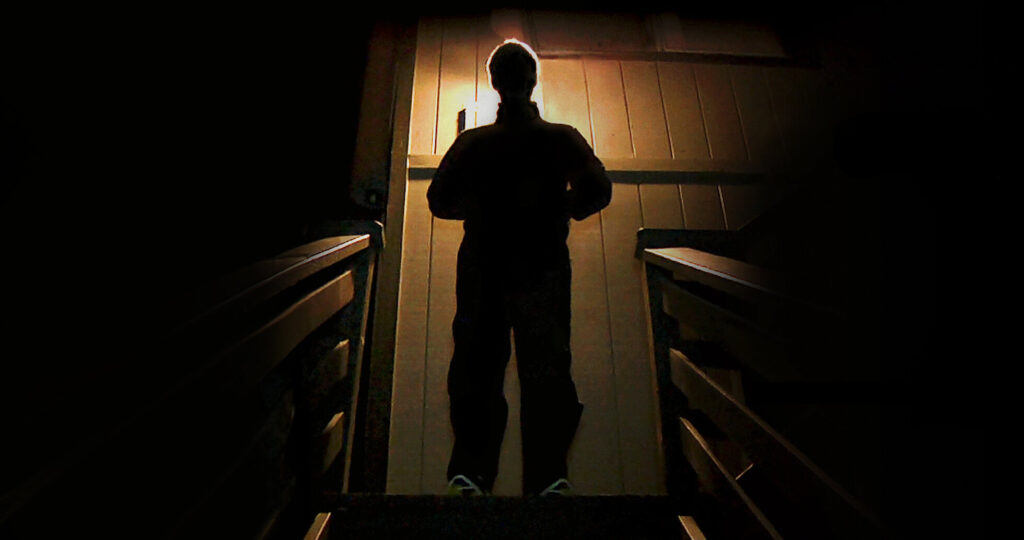
Part found-footage horror and part psychological thriller, 2014’s Creep manages to get under the audience’s skin because of a deeply committed performance from Mark Duplass and that nagging feeling when we all tend to get when something just doesn’t feel right. Directed by Patrick Brice, in his directorial debut, from a story he co-wrote with Duplass, Creep follows a videographer named Aaron (Brice) who is assigned to record the eccentric Josef (Duplass), who wants his final moments chronicled for his unborn son because he’s dying of cancer and won’t be around to raise him.
Creep is a slow-burn, but even before anything begins to register high on the creepy scale, the movie generates tension because several early hints indicate something is very off about Josef. What’s brilliant about the story is that the audience, much like Aaron in the film, begins to dismiss some of the more off-putting things about Josef because he has moments of being a nice man, and who wouldn’t be sympathetic to someone dying of cancer? It’s the film’s ability to make you lower your guard, until it’s way too late, that proves to be its best asset.
The dread steadily builds in Creep, and with each passing minute, it becomes more and more unsettling. Brice makes for a solid eye for the audience while Duplass hits all the right notes as Josef, showcasing a nice enough nature that makes him seem harmless while also displaying tendencies that clue into the fact that this man is not well. The ending is solid because it eerily provides a conclusion for one party while the other is left with even more possibilities that have been explored effectively in the 2017 sequel and its spin-off series, The Creep Tapes.
2. The Blair Witch Project (1999)
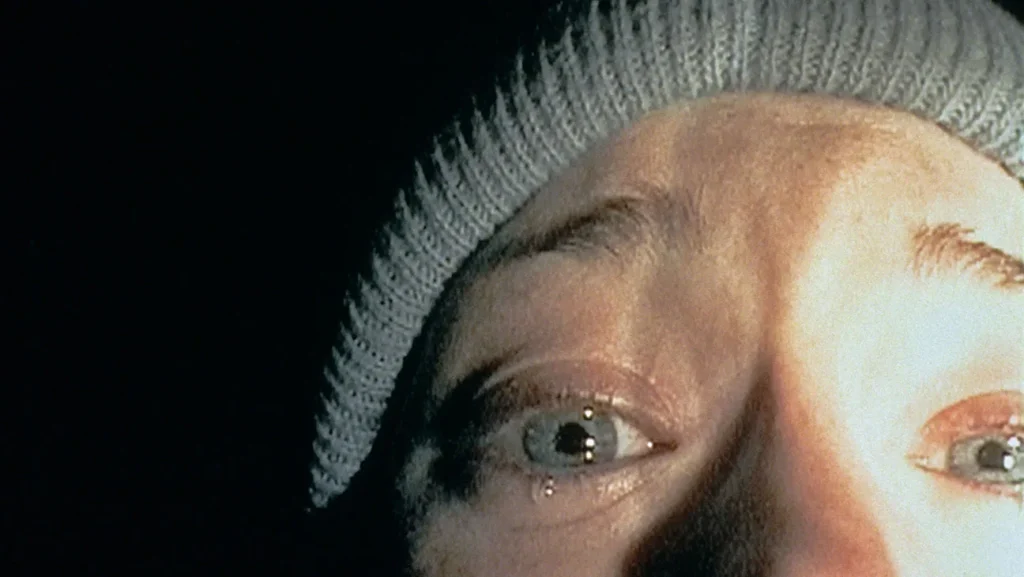
The Blair Witch Project is a perfect storm of solid independent filmmaking and brilliant marketing that has forever cemented it as a staple of the genre. Written and directed by Daniel Myrick and Eduardo Sanchez, the movie is a found footage quasi-documentary that follows three students as they hike through the Appalachian Mountains near Burkittsville, Maryland, to document the local myth of the Blair Witch. The reason The Blair Witch Project has endured over the years is that, apart from truly putting found-footage on the map, it also went the extra mile to make audiences believe the events of the documentary were indeed real. The movie utilized the internet to great effect and was likely one of the first movies to focus its campaign in that arena to generate buzz.
The movie’s official website showcased fake police reports and news footage interviews that made it seem as if Heather Donahue, Joshua Leonard, and Michael C. Williams went missing while filming the documentary. The marketing strategy certainly worked, and Artisan Entertainment does deserve credit for pushing the realistic aesthetic (complete with having the directors pass out flyers at the Sundance Film Festival, asking those in attendance to come forward with information about the “missing” trio).
Sadly, as we know now, the marketing campaign did no favors to the three performers in the film, as they had to maintain the illusion to their detriment that has since been well-documented in the years since, as they have fought for some of the film’s hefty profits since its release. That all aside, The Blair Witch Project is also effectively eerie filmmaking, and it primarily works because Donahue, Leonard, and Williams are so believable and grab the audience’s attention. The three leads were given basic information about what they should be discussing while they went on their excursion, with much of the film’s horror happening to them being done by the directors without giving them prior knowledge, which adds to the movie’s authenticity.
Budgeted between $200,000-750,000 after post-production and marketing, the movie went on to gross close to $250 million worldwide, and it also launched a franchise, which has been a mixed bag to say the least. Despite this, nothing can take away the film’s impact on the genre, and no matter how you feel about the movie and if it might be overhyped by some, it’s still a turning point for horror that will continue to be legendary.
1. Lake Mungo (2008)
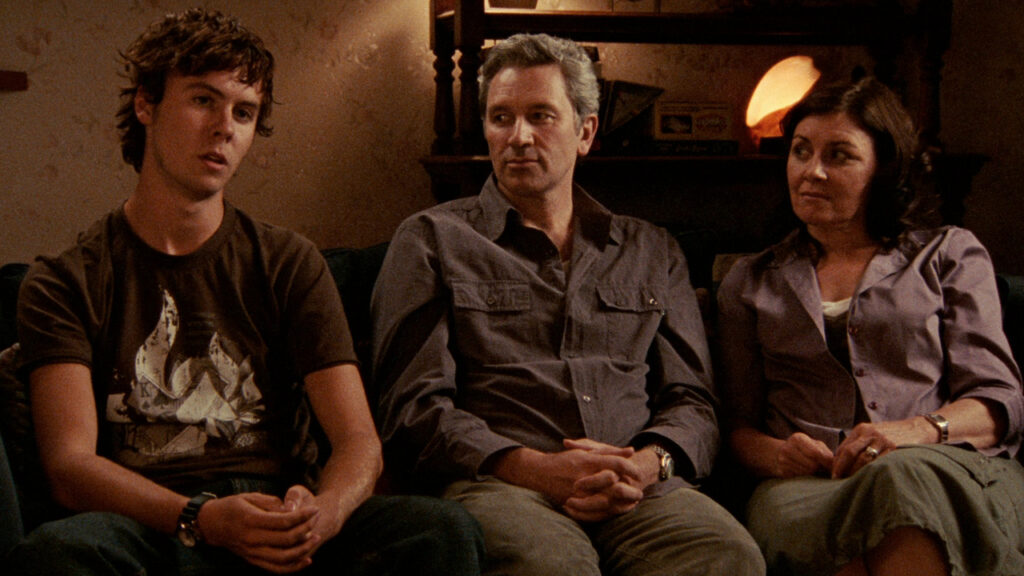
Found footage never felt more real than in Lake Mungo, written and directed by Joel Anderson. The movie, which functions as a quasi-documentary, centers on a family that is dealing with the loss of their daughter Alice (Talia Zucker) following her drowning and the subsequent supernatural activity they begin to experience after her passing. Lake Mungo remains a little-seen Aussie masterpiece, but once you experience it, it’s hard to shake the film long after it’s over. Lake Mungo utilizes the realism of its situation to great effect, and it’s drenched in bleak dread as it functions as haunted house horror and a deeply relatable family drama about grief. One of the best things about Lake Mungo is that it could go down a route you think it’s going on, but it throws in a few twists along the way that genuinely surprise.
Much like Paranormal Activity, it’s the quiet moments in Lake Mungo that raise the horror quotient as it creates a serious amount of slow-burning tension throughout. That being said, there is one jump-scare moment in the movie that is a masterclass and continues to spook all these years later. Shockingly, this is Anderson’s only film, which is surprising because he shows a strong understanding of the genre and how to utilize space. The film’s ending is both haunting and painfully profound because not only is it a great, subtle horror movie moment, but it also speaks to how the presence of someone you love can remain long after they’re gone.
Shelby Oaks hits theaters nationwide this Friday.
For more on Horror, make sure to check out Fright-A-Thon.

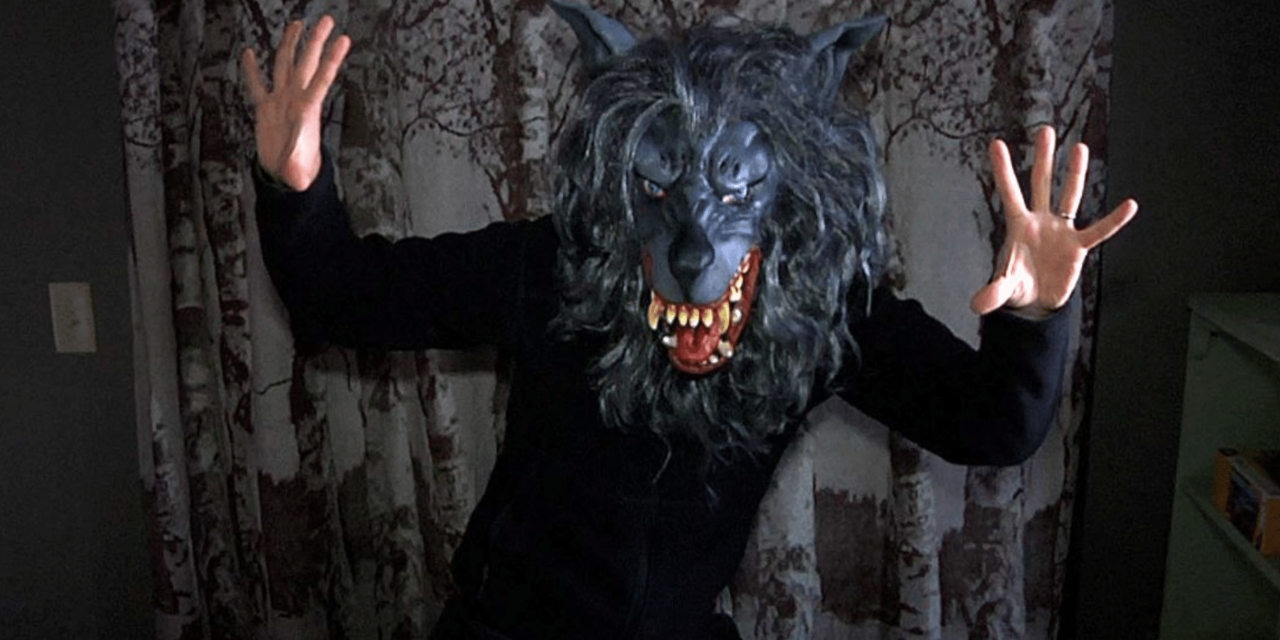

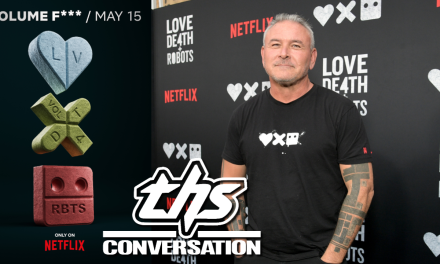
![Carlos Santos Tells All About Hulu’s ‘The Valet’ [Interview]](http://18.211.146.234/wp-content/uploads/2022/05/279629056_3225457907699506_3116342196477374687_n-440x264.png)
